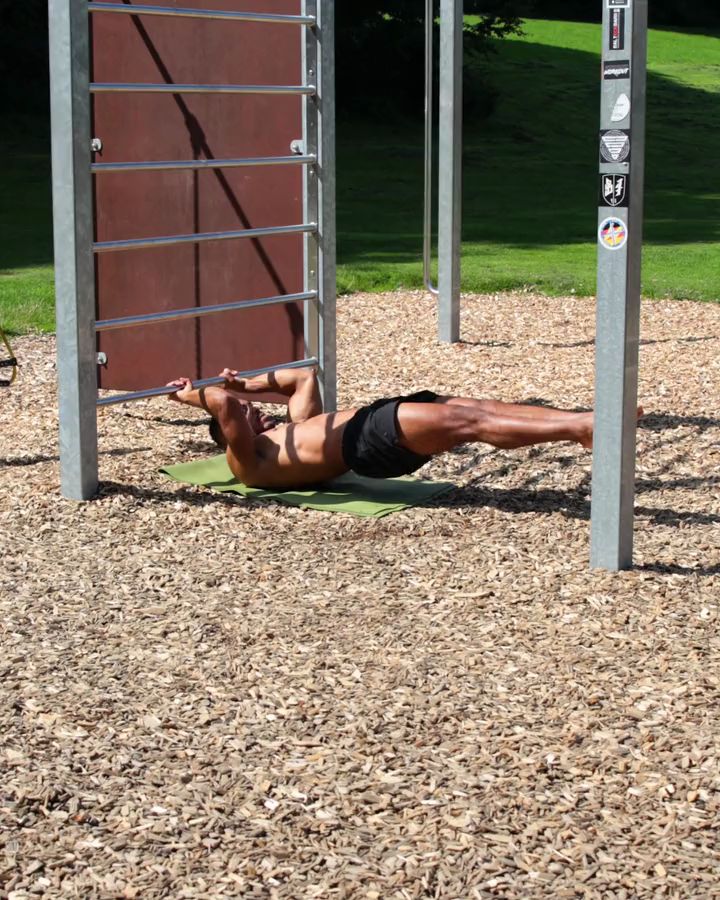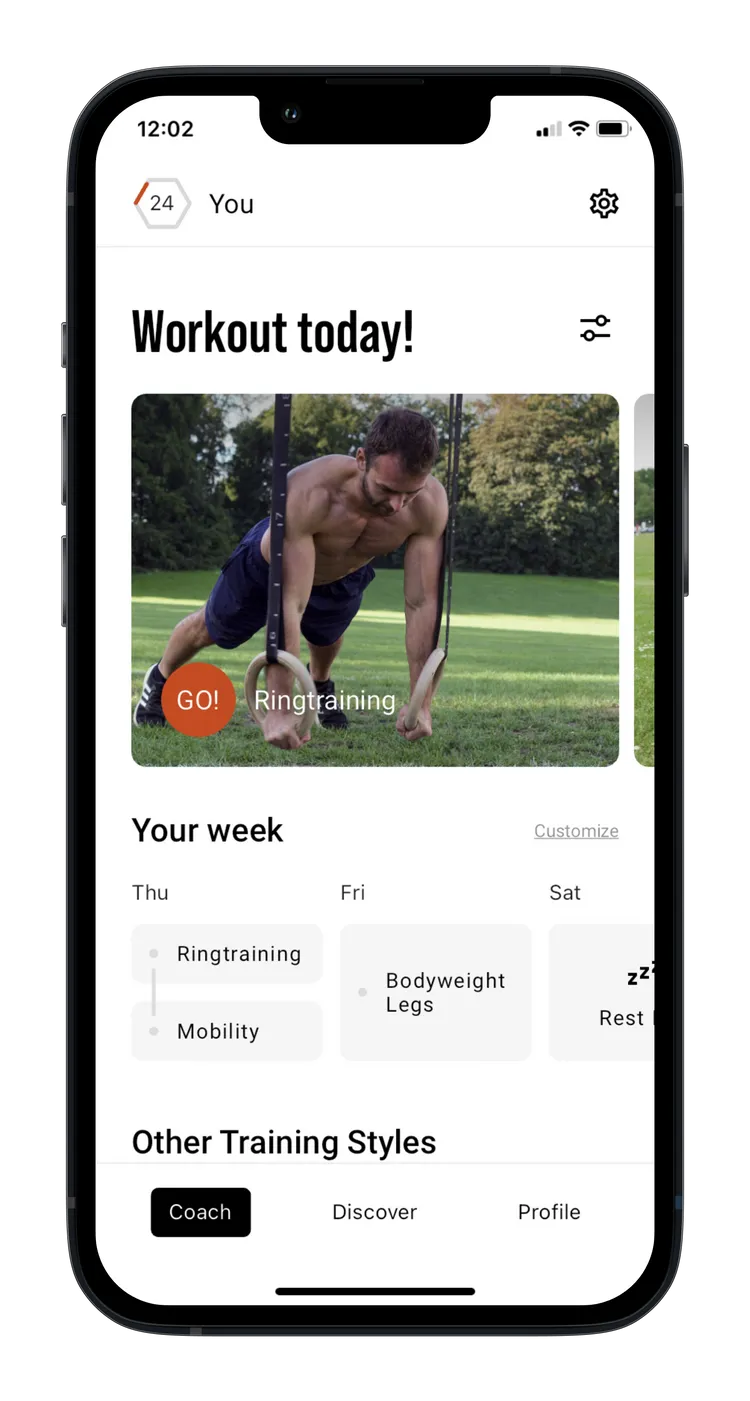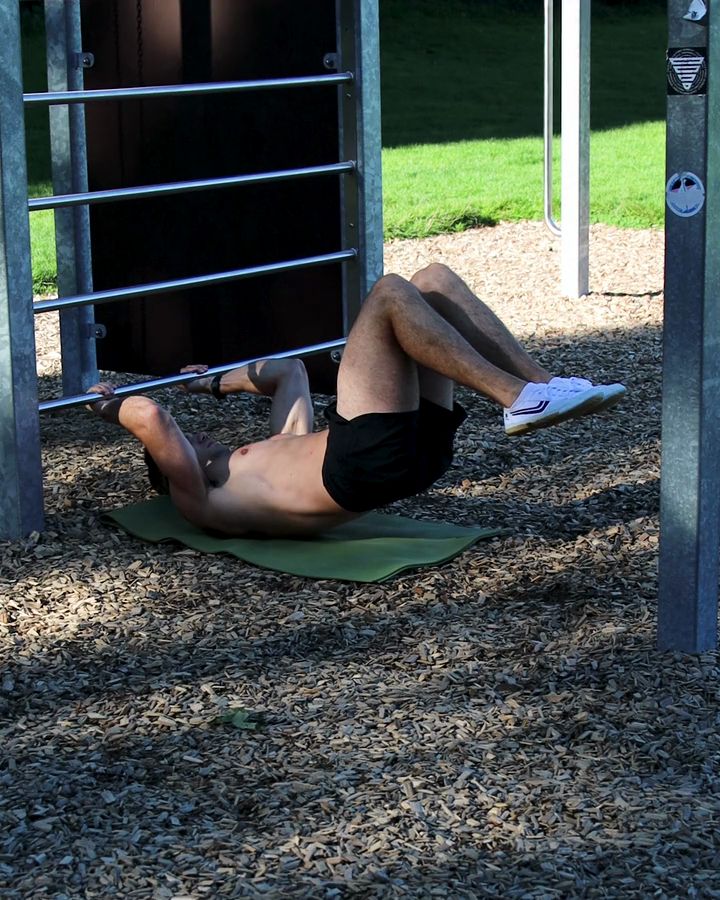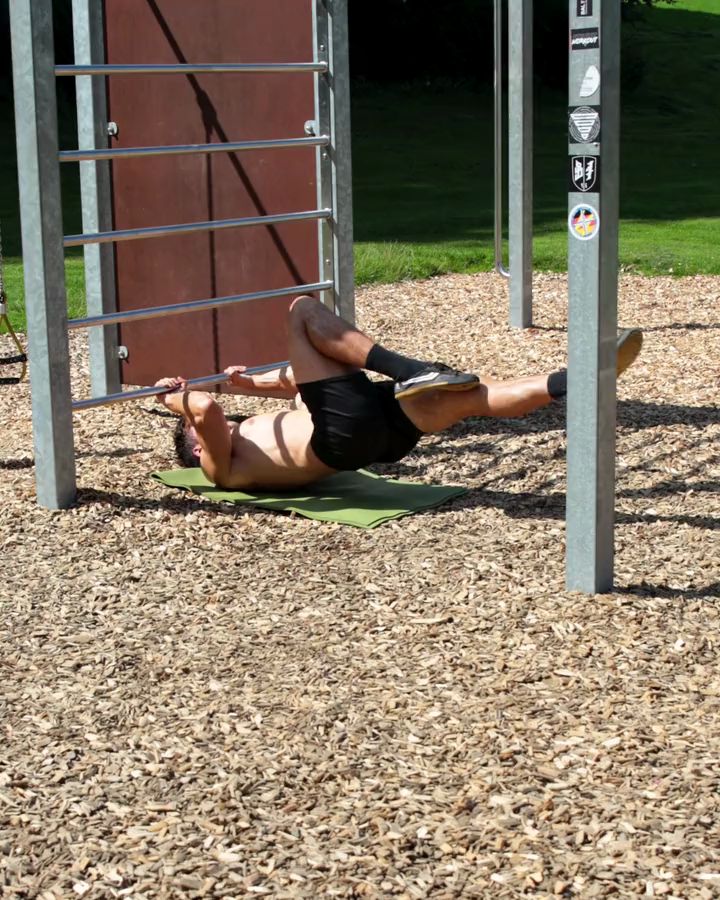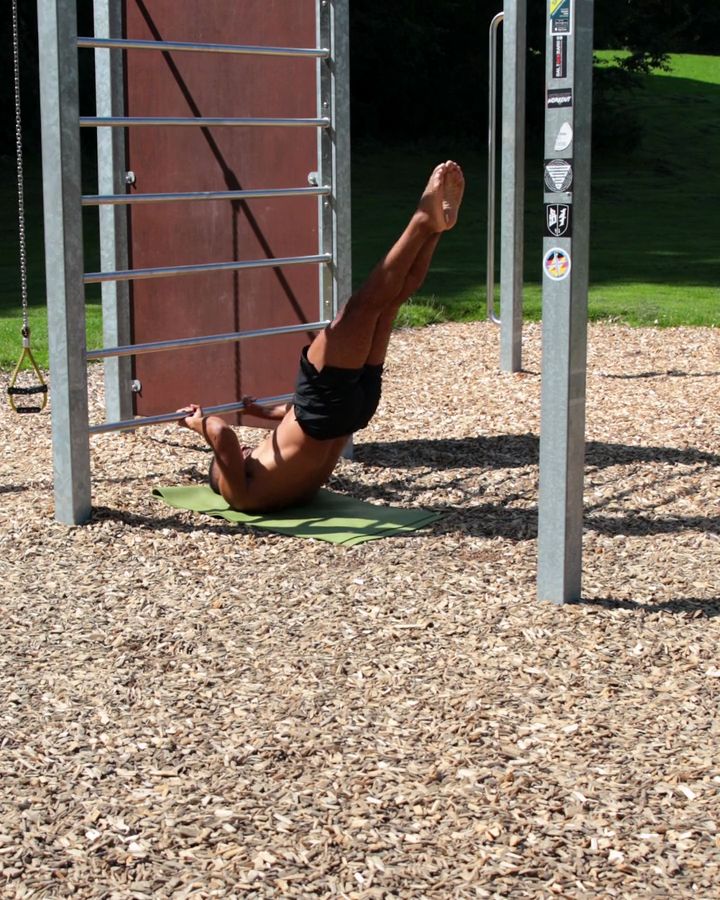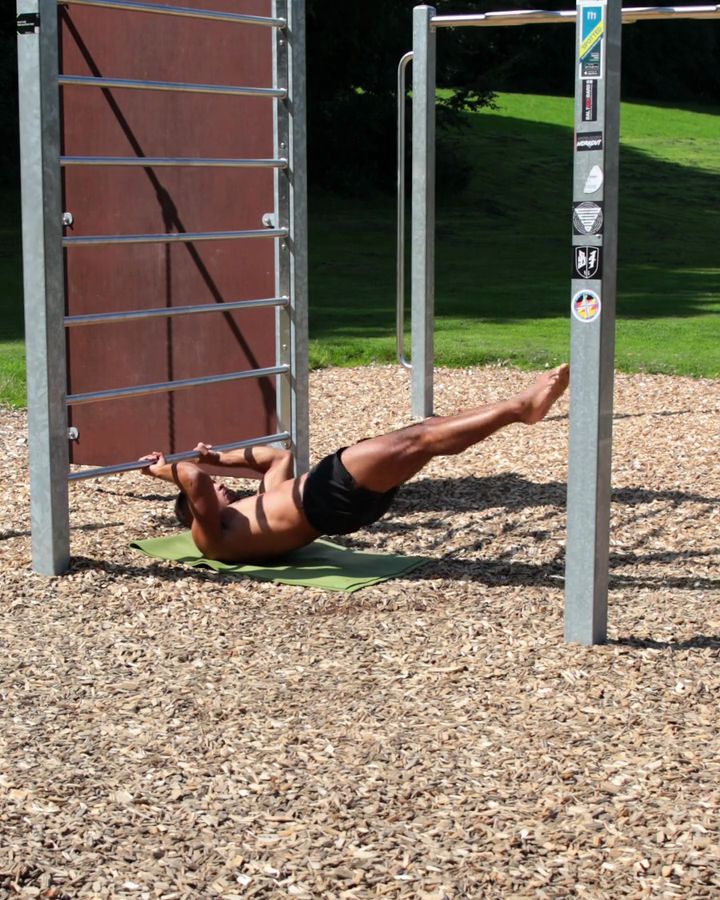Dragon Flag
The Dragon Flag is a challenging core exercise, famously associated with Bruce Lee, and is notorious for its intense demands on the abdominal muscles. This exercise targets the entire midsection for strengthening. During execution, the body is held almost horizontally, with the upper back being the only point of contact with the floor. Although the Dragon Flag is an extremely demanding exercise, it is entirely possible to master it by training progressively. Effective preparatory exercises include the One-Leg Dragon Flag, where one leg is lifted while the other remains on the ground, the Tuck Dragon Flag, where the knees are pulled to the chest, and the Negative Dragon Flag, which focuses on the controlled downward movement.
Essential preparatory exercises to master beforehand include the static holds Plank and Hollow Body Hold.
Necessary equipment

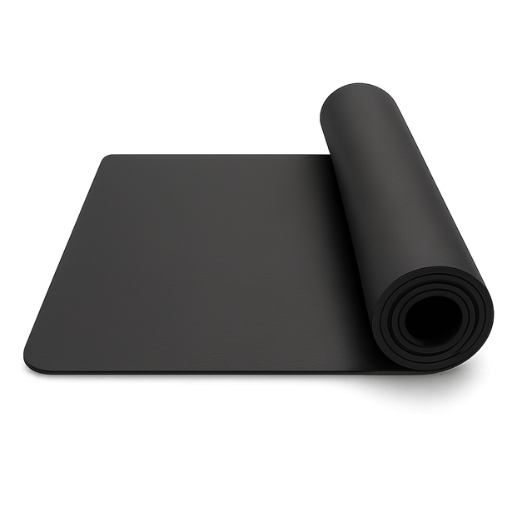
Dragon Flag - the correct execution
- Lie with your back on a mat or the floor so that your head is positioned close to the wall bars
- With both arms bent, grab one bar above your head, shoulder width apart.
- Activate your core and glutes while keeping your hips extended
- Firmly tighten the abdominal muscles and press the lower back into the floor (PPT)
- Lift your body so that only your upper back and shoulder blades touch the floor
- Keep your body straight and in line
The exercise Dragon Flag is intended to be used as a hypertrophy, technique exercise.
Which muscles are trained by Dragon Flag?






Primary trained muscles for Dragon Flag
Abs - The rectus abdominis, also known as the "abs," runs vertically along the front of the abdomen. It is responsible for bending the torso forward, such as during sit-ups, and lifting the pelvis. This muscle stabilizes the torso, supports the spine, and helps maintain good posture.
Secondary trained muscles for Dragon Flag
Triceps - The triceps brachii muscle is located at the back of your upper arm. It extends your arm at the elbow and also helps move the arm backward.
Alternative variants of Dragon Flag:
Tuck Dragon Flag
In the Tuck Dragon Flag, the knees are pulled to the chest. This position helps train the abdominal muscles and body control by keeping the body more compact.
Necessary equipment


Tuck Dragon Flag - the correct execution
- Lie with your back on a mat or the floor so that your head is positioned close to the wall bars
- With both arms bent, grab one bar above your head, shoulder width apart.
- Bend your hips 45 degrees
- Tighten your abdominal muscles and press your lower back into the floor (PPT)
- Lift your body so that only your upper back and shoulder blades touch the floor
One Leg Dragon Flag
The One-Leg Dragon Flag is a variation where one leg is lifted while the other remains on the ground. This exercise allows you to practice the fundamental movement while gradually building core strength.
Necessary equipment


One Leg Dragon Flag - the correct execution
- Lie with your back on a mat or the floor so that your head is positioned close to the wall bars
- With both arms bent, grab one bar above your head, shoulder width apart.
- Activate your core and glutes while keeping your hips extended
- Firmly tighten the abdominal muscles and press the lower back into the floor (PPT)
- Pull the right knee to the chest
- Lift your body so that only your upper back and shoulder blades touch the floor
- Keep your body straight and in line
Negative Dragon Flag
The Negative Dragon Flag focuses on the slow and controlled downward movement of the body. This exercise is particularly effective for building the strength necessary to perform the full Dragon Flag.
Necessary equipment


Negative Dragon Flag - the correct execution
- Lie with your back on a mat or the floor so that your head is positioned close to the wall bars
- With both arms bent, grab one bar above your head, shoulder width apart.
- Lift your body up with hips bent until your legs are parallel to the wall bars
- Activate your core and glutes while keeping your hips extended
- Firmly tighten the abdominal muscles and press the lower back into the floor (PPT)
- Keep your body straight and in line
- Lower yourself slowly and controlled back towards the floor
Similar exercises to Dragon Flag
This could also be interesting
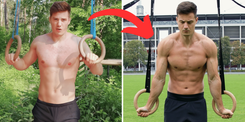
Calisthenics Body Transformation – How to Build a Strong, Lean, and Athletic Physique
Transform your body with Calisthenics! Build muscle, burn fat & achieve a shredded physique with bodyweight training. See real before & after results!
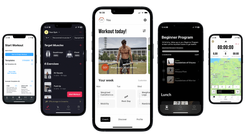
The Best Fitness Apps in 2025: Our Top 10 Recommendations
Don’t miss the best fitness apps of 2025: surprising favorites, free options, and perfect tools for your workouts. Find the ideal app today!
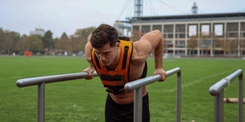
Complete Calisthenics Skills List – 40+ Exercises from Beginner to Pro
Which calisthenics skills should you learn first? And which ones will really help you progress? In this article, you’ll find a complete list of over 40 exercises – from the very basics to the toughest moves for professionals. Each exercise comes with instructions, so you can immediately integrate them into your training.
